In the Westend district of Berlin, on Spandauer Damm, lies an almost unknown park. Ruhwaldpark is not particularly large, but it is beautiful.
If you drive along Spandauer Damm from Charlottenburg in the direction of Spandau, you will pass Ruhwaldpark. This is located on the former Spandauer Berg. By Berlin standards it really is a mountain, because the highest point is a good 30 metres above the Spree.
Emergence of the Ruhwaldpark
It was in the 1860s that the commercial councillor and magazine publisher Ludwig von Schaeffer-Voit acquired a 5.8-hectare site on the Spandauer Berg. He commissioned the architect Carl Schwatlo to build a villa on his property. A villa in the classicist style was built, which stood directly on the edge of the slope and at that time offered a fantastic view of the surrounding area. From the so-called Ruhwald Palace, the view stretched across the Spree and Havel rivers to Lake Tegel.

The walled park around the castle was designed by the head gardener Duckstein. He planted a beech forest and North American conifers. In the north-western area, Duckstein had an artificial mountain range built from boulders. An angel placed there commemorated the owner’s deceased son.
Only a few years after purchasing the estate, Schaeffer-Voit sold it to the entrepreneur Johann Hoff. He had the Kavaliershaus built with an arcade.
Since 1840 there had been a beer bar on Spandauer Berg called Spandauer Bock, which was run by the Bavarian brewer Conrad Bechmann. In 1884, Bechmann bought the site, which bordered the existing park to the west. He had a Renaissance-style villa built there and, of course, a gardener also landscaped his property. In 1928, another villa was built in this park, which is now used as a kindergarten.

The city of Berlin acquired part of the site around 1924 and eventually the entire property. The grounds covered a total of 12 hectares. At the insistence of the National Socialists, the Berlin garden director Pertl had Ruhwald Palace and Villa Bechmann demolished and a pond built at the deepest point of the park. The park could now also be visited by the Berlin population.

After the Second World War, the damaged Kavalierhaus was demolished and the park was listed in 1987.
Tour of Ruhwald Park
A rather inconspicuous sign points the way to Ruhwaldpark, which I enter through a side entrance.

At this entrance is the small man-made lake. Frogs croak and the big city seems to have receded into the distance. A path leads along the shore and some benches invite you to linger.

But I was drawn in the other direction. A bridge crosses a path here that leads slightly uphill at first. Later you have to climb a few steps up to the Spandauer Berg. At one edge of the mountain I discovered a small open hut. From here you must once have had a beautiful view. Today there is no sign of it. High trees block the view. But still, a walk through the park is a wonderful break from everyday life.

After climbing the stairs, one reaches larger meadows. The arcades shimmered through between the bushes. The arcades are now quite dilapidated and were closed off. Building materials were lying there, but it did not look as if the repair would be finished in the near future.

The busts of Carl Cauer showing Ludwig von Schaeffer-Voit and his wife were in the cordoned-off area. Hopefully these will also be restored.


Behind the portico is a sculpture by the sculptor Ernst-Otto Eichwald from 1963 entitled Pelican Couple.

Afterwards, I was drawn to the large meadows along Spandauer Damm, which are popular with families in the summer.


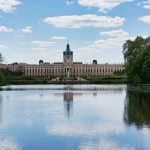





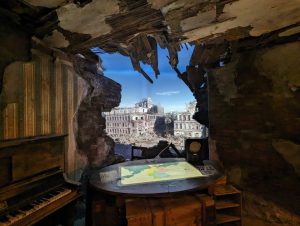





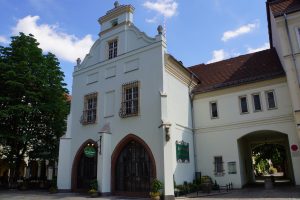

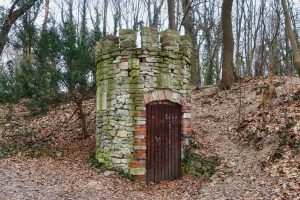
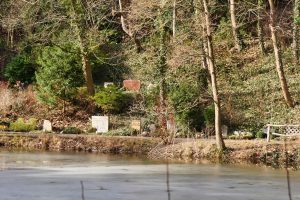
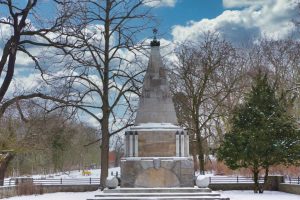





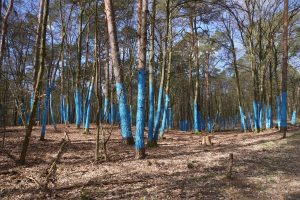




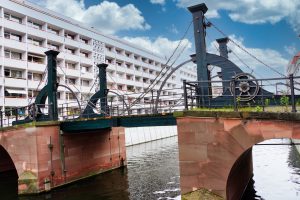
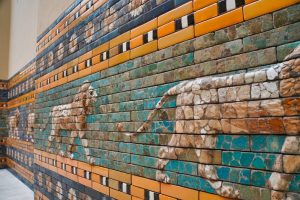



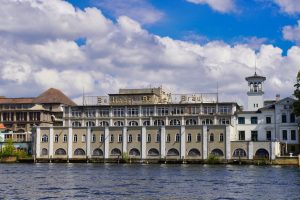









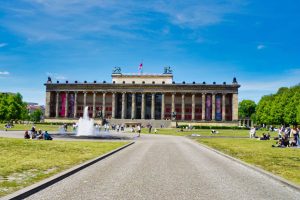





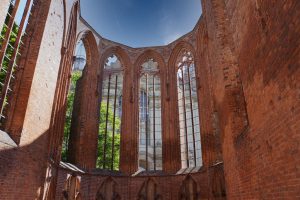

























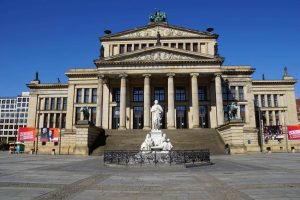







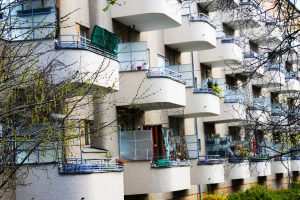










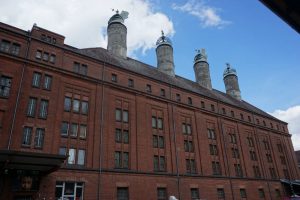





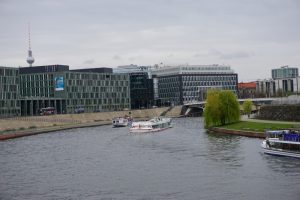
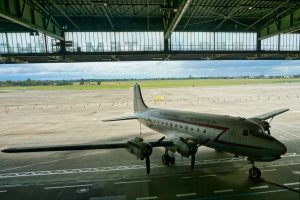








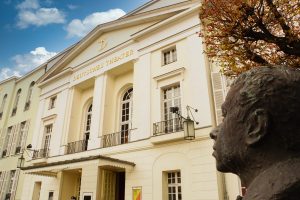


















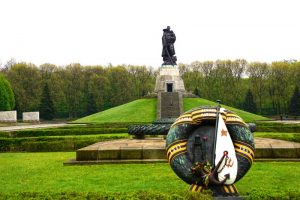














Leave a Reply